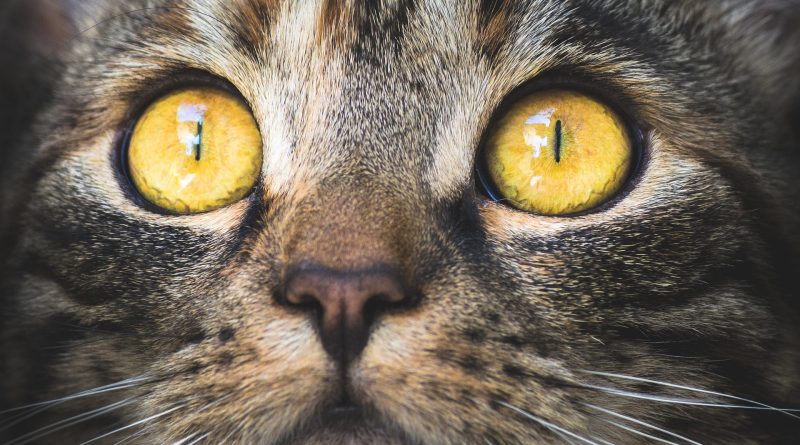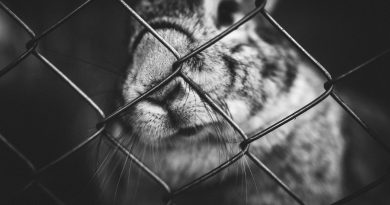UBC Research Gives Cats who were Hoarded a 2nd Chance
We are pleased to share the article below from CBC on Yahoo News. It is the type of research we CAN get behind. It is based on compassion, not cruelty:
A PhD student at the University of British Columbia in Vancouver is helping to rehabilitate cats rescued from hoarding environments so they can avoid being euthanized.
The B.C. SPCA says hundreds of cats are rescued every year from such conditions, sometimes in groups of up to 80 at a time.
Bailey Eagan, a graduate student in UBC’s Animal Welfare Program, recently published a study in the Journal of American Veterinary Medical Association. It investigated using a combination of anti-anxiety medication and a behaviour modification program to get cats from hoarding situations to be less fearful of humans and thus more easily adopted.
“To get to work on cat research to improve the lives of cats in shelters … for me, that is the ultimate dream,” she said.
Thirty-four cats took part in the study. Some of them were administered the anxiety-reducing drug gabapentin. Once it kicked in, volunteers interacted with the cats for a few minutes every day, getting gradually closer and closer to them.
A control group of cats took part in the behaviour modification program but didn’t receive the medication. The study found that the cats administered the gabapentin were more quickly rehabilitated than the ones who weren’t.

“The sooner we can have a cat that’s comfortable being around people and available for adoption, that’s the best-case scenario,” Eagan said.
In all, 94 per cent of the cats in the study found a new home. Two cats continued with high levels of fear, despite trying more medication and foster homes. They had to be euthanized.
‘We didn’t know how to help them’
Cats rescued from hoarding environments often come with a variety of medical and behavioural complications that make them difficult for animal shelters to treat and find adopters for.
Kim Monteith, the manager of animal behaviour and welfare at the B.C. SPCA says many of them are in poor health and aren’t used to interacting with people because the owners can’t give them the individual attention they need and deserve
“We would bring them in, and they wouldn’t have good outcomes,” said Monteith, who has worked at the B.C. SPCA for more than 20 years. “We didn’t know how to help them.”
When they come in, some hoarded cats are fine and take to the shelter right away. Others are so stressed that they don’t eat or even pee or poop.
Monteith says Eagan’s research has been a “game changer” for the shelter. Ten years ago, she says only about three-quarters of cats rescued from hoarders would have been adopted. Now, most of them are.
“Bailey’s research has already changed everything. We are able to help more cats,” she said.
‘Sweet the minute I got her’
Gwenda Lorenzetti knows first-hand how cats rescued and rehabilitated from hoarding environments can make great pets. Two years ago, she adopted Lumi, one of the cats from Eagan’s study.
Lumi was in rough physical shape when Lorenzetti adopted her. She had an ear infection, and her fur had been shaved in different areas because it was matted. But she was curious and friendly.
“She was really sweet the minute I got her,” Lorenzetti said. “She loves when people come over.”
Lorenzetti says she has always adopted cats from shelters, and she’s glad to have given Lumi a second chance.
“All animals deserve a happy life.”




